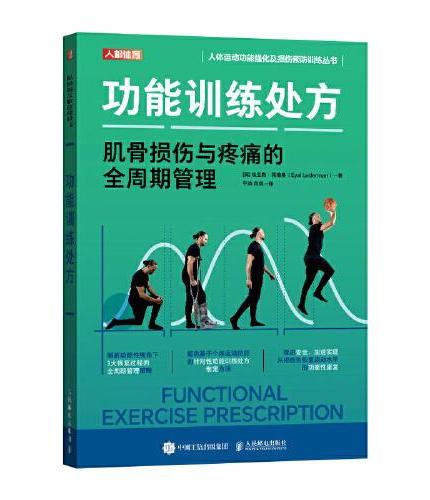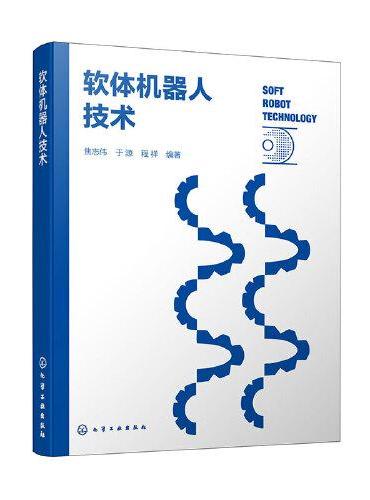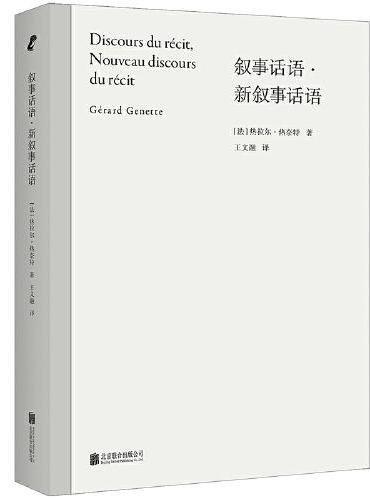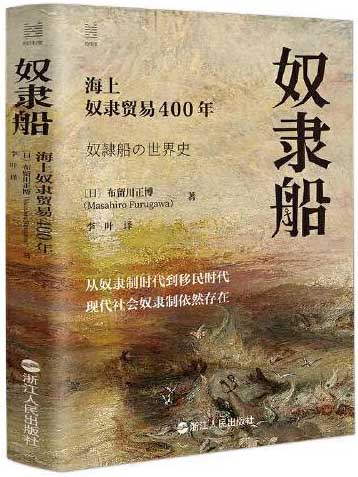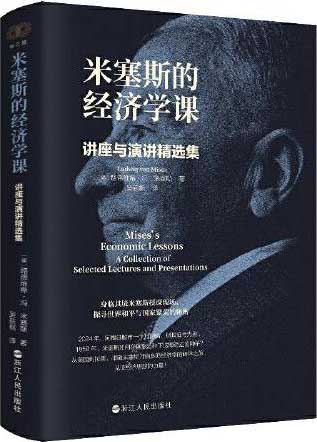新書推薦: 《
想通了:清醒的人先享受自由
》 售價:HK$
60.5
《
功能训练处方:肌骨损伤与疼痛的全周期管理
》 售價:HK$
140.8
《
软体机器人技术
》 售價:HK$
97.9
《
叙事话语·新叙事话语
》 售價:HK$
74.8
《
奴隶船:海上奴隶贸易400年
》 售價:HK$
75.9
《
纸上博物馆·美索不达米亚:文明的诞生(破译古老文明的密码,法国伽利玛原版引进,150+资料图片)
》 售價:HK$
85.8
《
米塞斯的经济学课:讲座与演讲精选集
》 售價:HK$
74.8
《
人工智能大模型导论 科大讯飞校企合编教材
》 售價:HK$
75.9
內容簡介:
本书是在2010年出版的教材基础上做了修改、补充和完善。书中主要介绍了数字图像处理的基础知识、基本方法、程序实现和典型实践应用。全书分3部分共10章。第1部分(第1~4章)介绍数字图像处理的基础知识;第2部分(第5~8章)介绍数字图像处理的各种技术;第3部分(第9~10章)介绍数字图像处理的扩展内容。在每章的内容安排上,都是从介绍问题的背景开始,接着讲述基本内容和方法,然后介绍实践应用(通过MATLAB软件编程),最后进行结果分析。本书内容系统性强,重点突出,理论、应用与实际编程紧密结合,理论与实例并重,同时也能满足双语教学的部分要求和对本课程的专业英语词汇的学习。
目錄
第1章 概述 1



